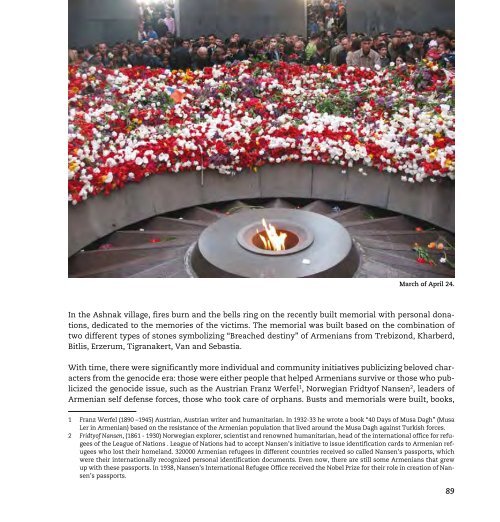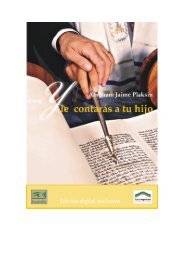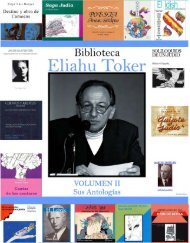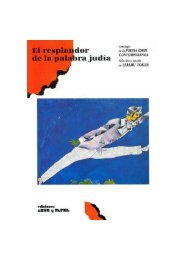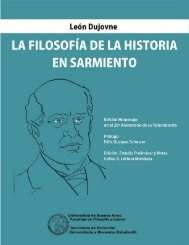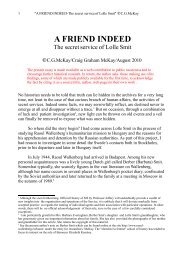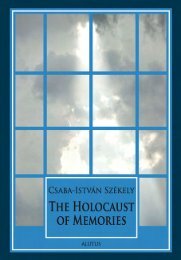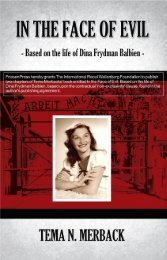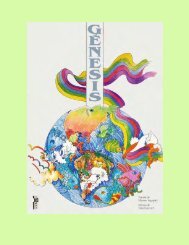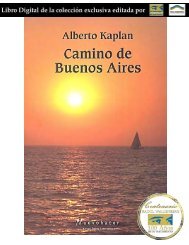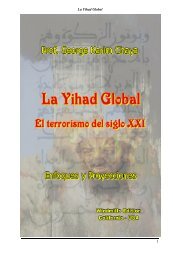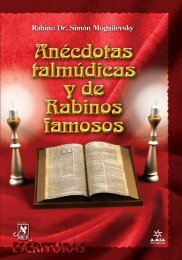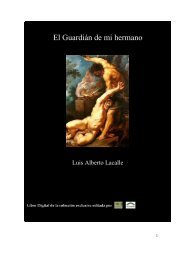Speaking to One Another - The International Raoul Wallenberg ...
Speaking to One Another - The International Raoul Wallenberg ...
Speaking to One Another - The International Raoul Wallenberg ...
- No tags were found...
You also want an ePaper? Increase the reach of your titles
YUMPU automatically turns print PDFs into web optimized ePapers that Google loves.
March of April 24.In the Ashnak village, fires burn and the bells ring on the recently built memorial with personal donations,dedicated <strong>to</strong> the memories of the victims. <strong>The</strong> memorial was built based on the combination oftwo different types of s<strong>to</strong>nes symbolizing “Breached destiny” of Armenians from Trebizond, Kharberd,Bitlis, Erzerum, Tigranakert, Van and Sebastia.With time, there were significantly more individual and community initiatives publicizing beloved charactersfrom the genocide era: those were either people that helped Armenians survive or those who publicizedthe genocide issue, such as the Austrian Franz Werfel 1 , Norwegian Fridtyof Nansen 2 , leaders ofArmenian self defense forces, those who <strong>to</strong>ok care of orphans. Busts and memorials were built, books,1 Franz Werfel (1890 –1945) Austrian, Austrian writer and humanitarian. In 1932-33 he wrote a book “40 Days of Musa Dagh” (MusaLer in Armenian) based on the resistance of the Armenian population that lived around the Musa Dagh against Turkish forces.2 Fridtyof Nansen, (1861 - 1930) Norwegian explorer, scientist and renowned humanitarian, head of the international office for refugeesof the League of Nations . League of Nations had <strong>to</strong> accept Nansen’s initiative <strong>to</strong> issue identification cards <strong>to</strong> Armenian refugeeswho lost their homeland. 320000 Armenian refugees in different countries received so called Nansen’s passports, whichwere their internationally recognized personal identification documents. Even now, there are still some Armenians that grewup with these passports. In 1938, Nansen’s <strong>International</strong> Refugee Office received the Nobel Prize for their role in creation of Nansen’spassports.89


